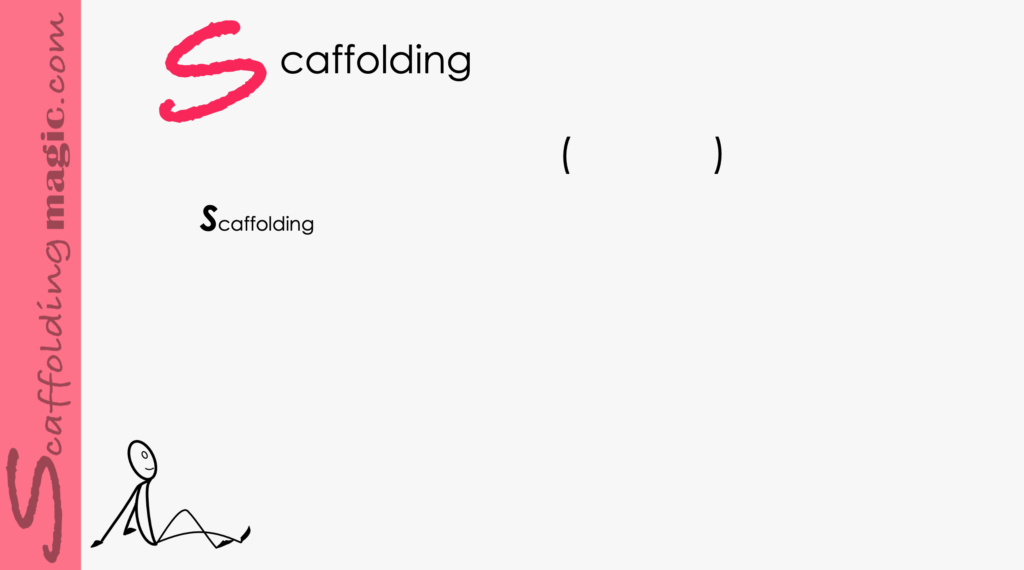You caught a beauty!!!
Download PDF of scaffold here.
With the best of intentions, we go from one workshop to another, learning theories and the most ‘up-to-date’ methodologies in education to date. However, once we return to our classrooms, we are often at a loss as to how to apply these very valid methodologies to our curriculums. This scaffold was invented for a class that just couldn’t figure out the difference between the three types of words in Spanish with regard to where the accent/stress lies. It uses 3-dimensional space of the classroom in a way that’s unusual so it appeals to young students, if only for its novelty.*

*See Dave and Jane Willis’ Doing Task-based Teaching for more ideas like this.
Step by step: CLIL DEFINITIONS DATES
- Divide determined information from the unit you are about to begin into two-three categories (1) palabras agudas, 2) palabras llanas, 3) palabras esdrújulas.
- Make a table with these three categories and put an even number of words that represent each category on small pieces of paper.
- Hang the pieces of paper on clothes lines from the walls of the classroom so they are hanging down but also within comfortable sight range of your students.*

4. Give each pair of students the table (see below for an example).
5. In pairs, students work together to categorise the words hanging on the clothesline onto the appropriate category. To reinforce reading, listening and writing, students take turns reading the words while the other listens and writes. They are both involved in the information and deciding where the words go on their tables.
6. When finished, pairs write a story using 8-10 words from the table. They read their stories to other pairs and each write down the words they recognise form the table, repeating the word and what category it falls in.
7. Formative Assessment. Use a PPT (see example below) with a cross-section of the words used in the activity, with images. (Whenever we match images with text we double the learning.) You can ask students not only to identify which category the word falls in, but it’s definition in other languages they are studying.

Words With Different Accents And Stresses To Hang On Clothesline

Worksheet With Images For Pairs To Categorise Words

PPT For Formative Assessment


Scaffoldingmagic.com is your entryway into DYNAMIC bilingual learning methodologies, such as Phenomenon-Based Learning, CLIL, EMI, and ESL. You’ll find ways to implement critical thinking tools (DOK) to promote higher level thinking, the growth mindset, instill an ethic of excellence, deep reflection on learning, and all through multi-cultural, interdisciplinary activities. We have the keys to turning competences into action and to creating collective efficacy in your school so you move ahead as a unified, enthusiastic team.



